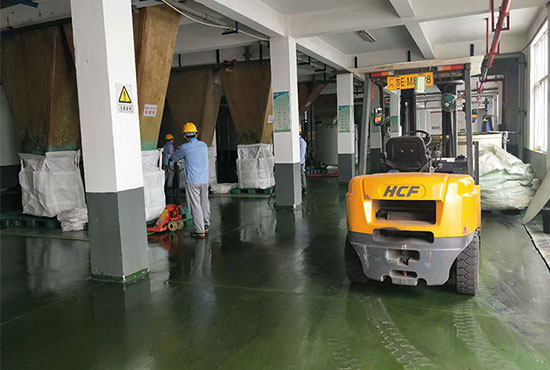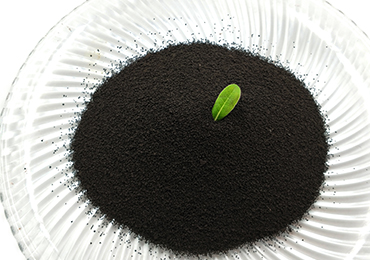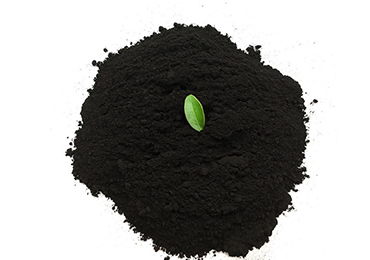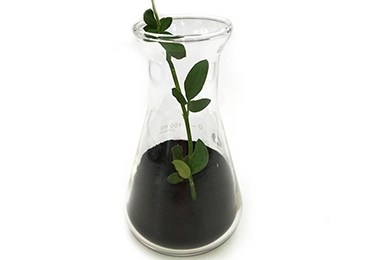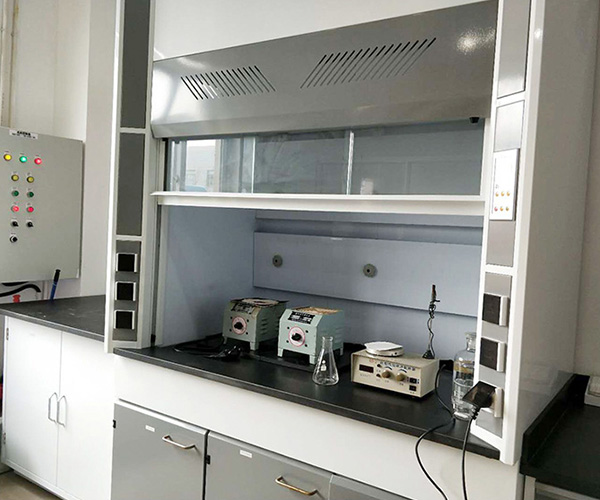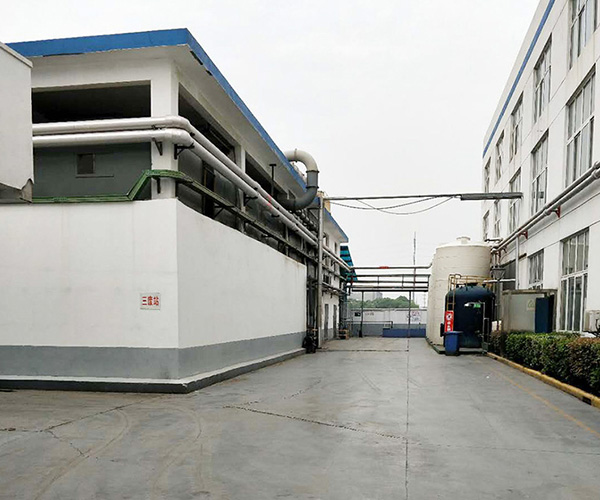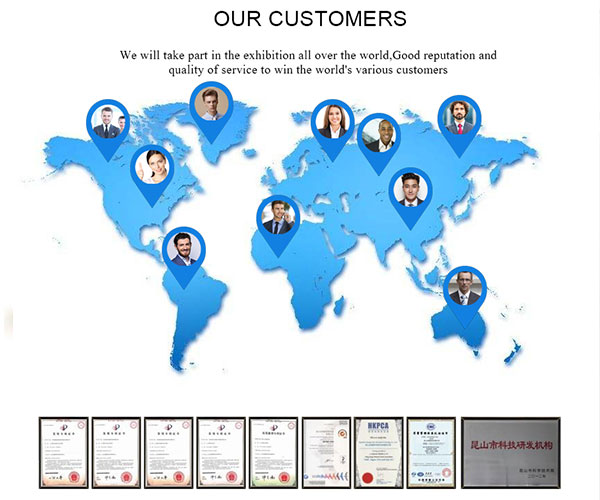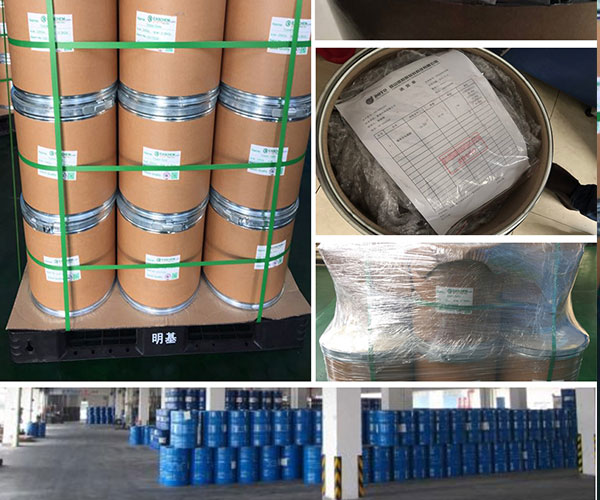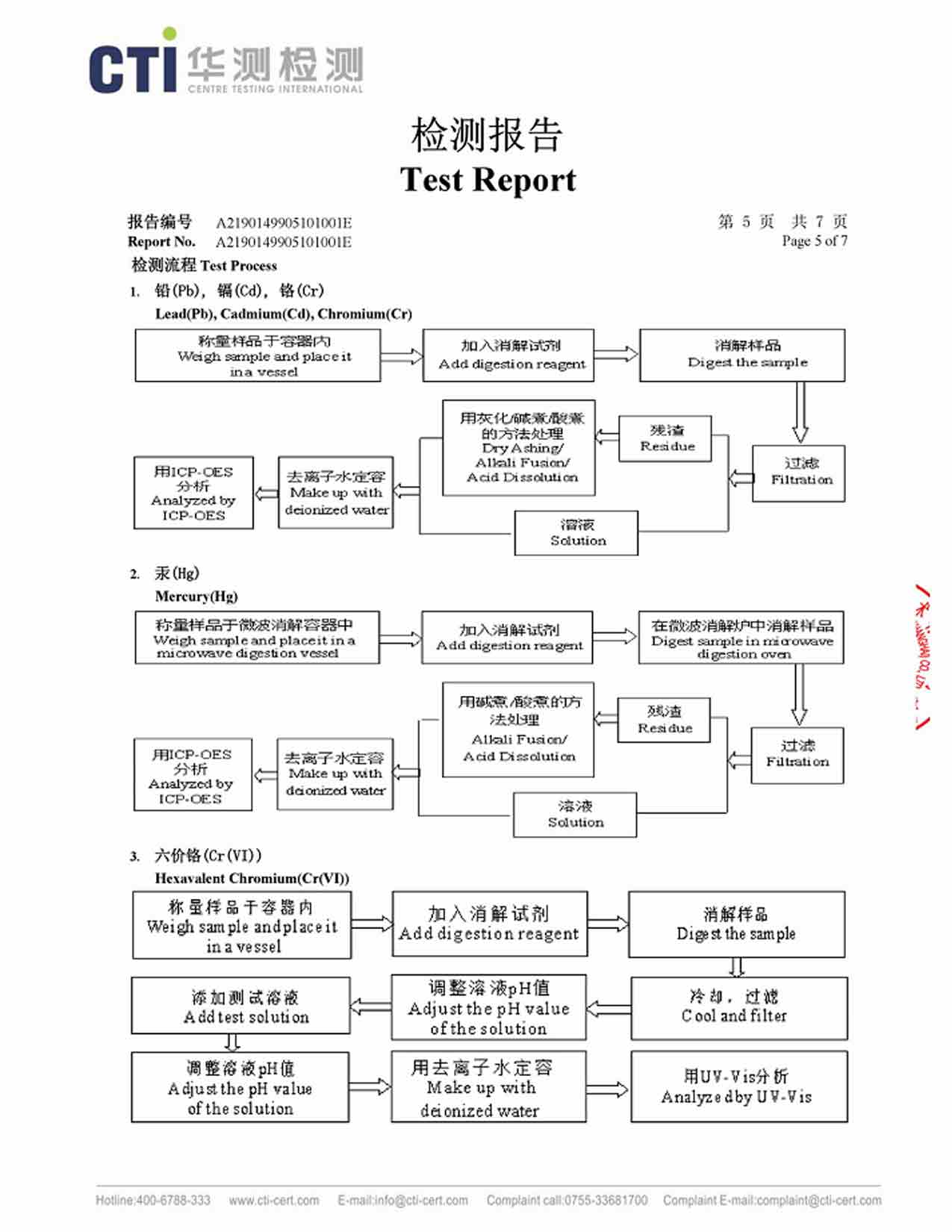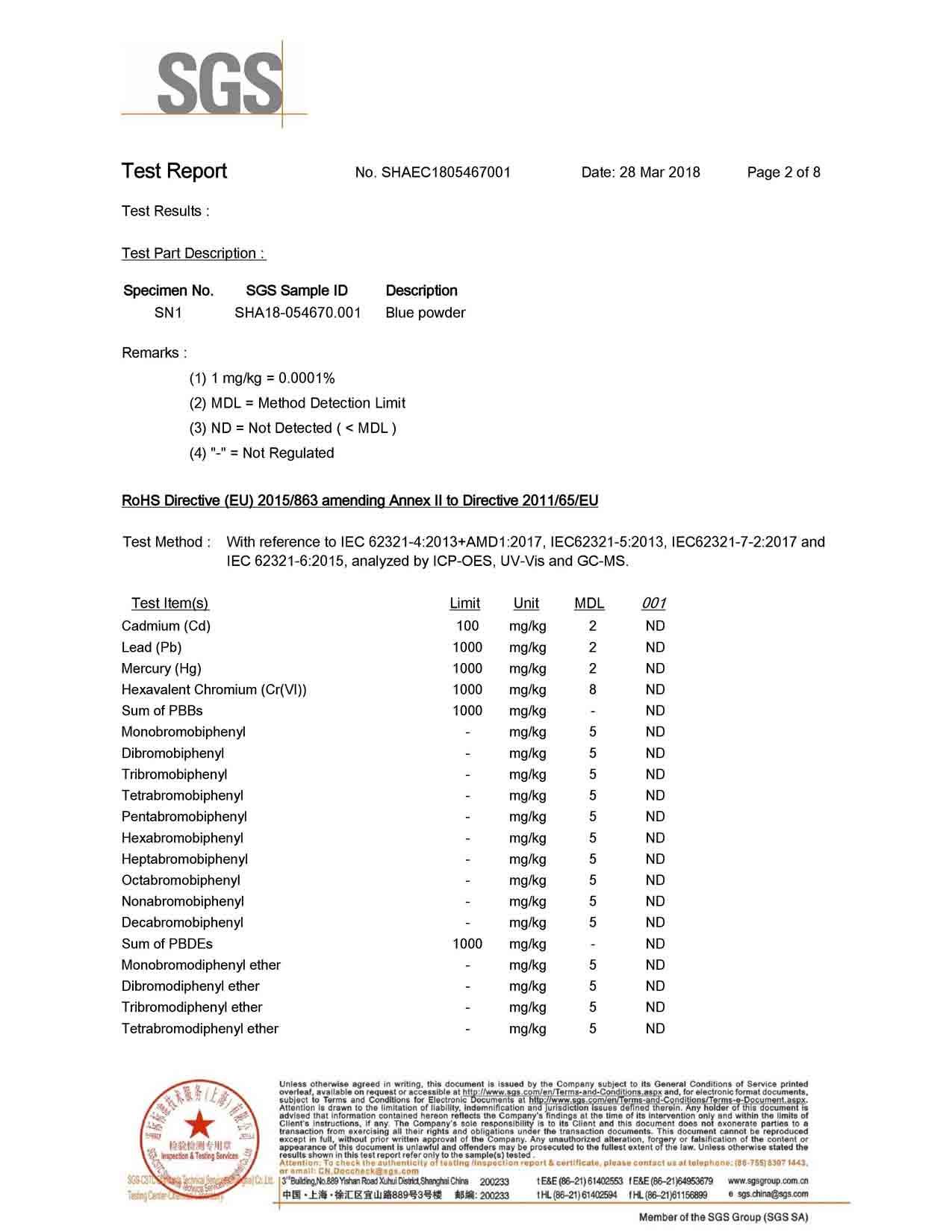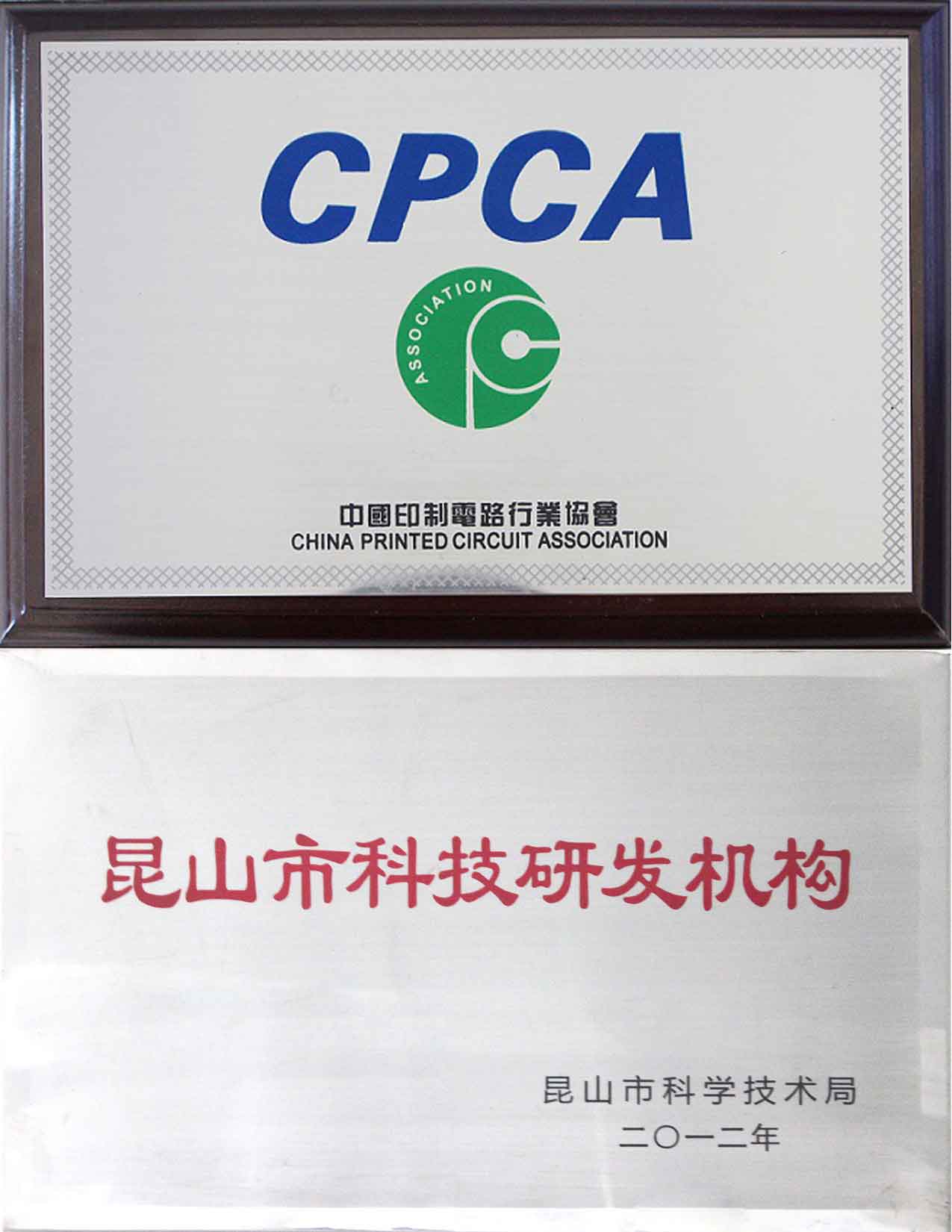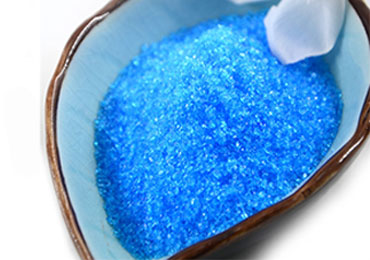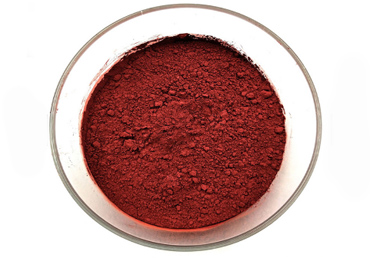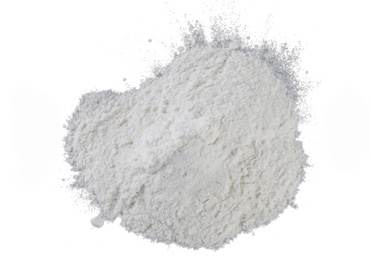Full Certifications Copper II Oxide Powder Factory
Kunshan Yosoar is a symbol and beacon of trust and excellence. The company has got a well-strengthened name in the market of metal powder manufacturers. The company is also certified by the ISO9001 quality management and production system. The professionals and experts at Kunshan Yosoar work with excellence and have the aim to provide the customers with the best services.
You can even get the required guidance about the copper II oxide powder from professionals at Kunshan Yosoar.
Copper oxide has very effective antibacterial properties.
It is used as a source of copper in mineral and vitamin supplements.
Synthesis of CuO nanoparticles
Copper acetate and sodium hydroxide were used as precursors and reducing agents, respectively, to synthesize nano-copper oxide together by the aqueous phase precipitation method.
Specifically, 0.2 M copper (II) acetate solution (600 ml) and glacial acetic acid (CH 3) COOH (2 ml) are heated in a round bottom flask under magnetic stirring to boiling. Then 30 ml 6 M NaOH solution is poured into the flask In. The color of the solution turns black, forming a suspension, stirring and boiling for 2.5 hours. Then after cooling, centrifugation, fire the copper oxide precipitate. Filter the precipitate several times, fire the dried copper oxide.
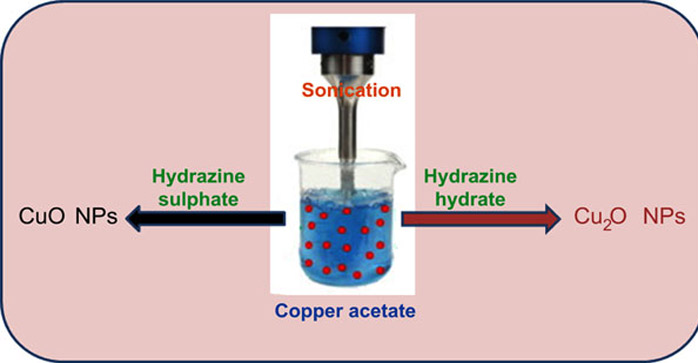
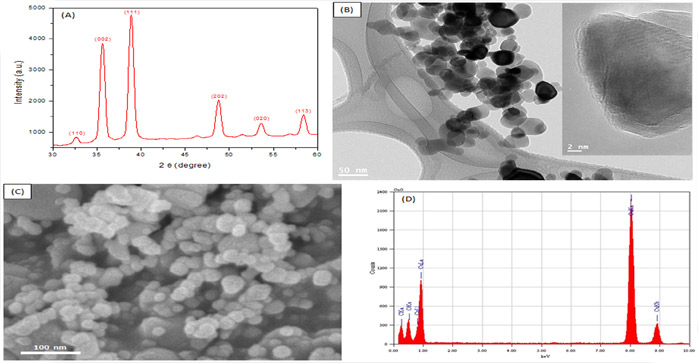
CuO NPs induce cell apoptosis
PCR can be used to analyze the mRNA levels of apoptotic genes (p53, bax, bcl-2 and caspase-3) in HepG2 cells exposed to CuO NPs at a concentration of 10 μg/ml for 24 hours.
As a result, copper oxide can change the mRNA expression level of genes in cells. The control showed that when the cells were treated with nano-copper oxide, the mRNA expression levels of the tumor suppressor gene p53 and the apoptosis genes bax and caspase-3 were significantly up-regulated, while the expression of the anti-apoptotic gene bcl-2 was significantly down-regulated.
Yosoar: Professional Manufacturer Of Copper II Oxide Powder In China
When it comes to the name of the best metal powder manufacturers, then indeed Kunshan Yosoar is at the top of the list. This name itself has become a brand. Kunshan Yosoar serves as a symbol of quality and trust. This company has been in the market of powder manufacturers for a long time and this company is indeed known for the high-quality products and metal powders that it manufactures. Kunshan Yosoar provides its users and customers with the highest quality of oxides of copper as well. The company provides you with copper II oxide powder as well. The powder that is manufactured at Kunshan Yosoar is true of high-quality and in terms of purity, it is absolutely pure as well. You can use this powder for the production and synthesis of ceramics and enamels, glass synthesizing, electrode manufacturing, paints, and pigments, etc. You can also utilize this powder for its applications in biocidal substances as well.
At Kunshan Yosoar, you can get this copper II oxide powder that will be highly pure and will ensure you the highest powder quality. You can use this powder in the required fields effectively.
- Manufacturing
- Certification
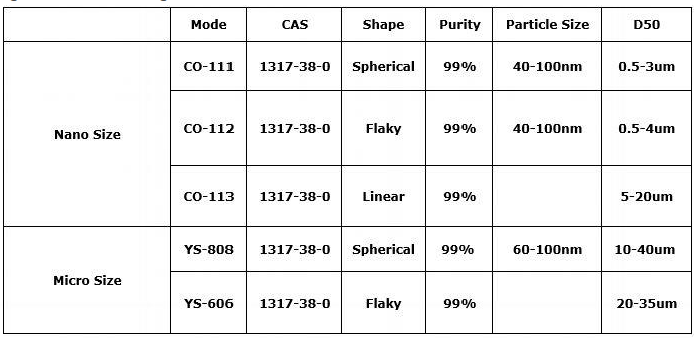
Is it present in powder form? What are some of the other related names of this?
If we generally refer to this powder, then it is actually one of the oxides of copper and it is present in the form of powder. This cooper II oxide has the formula of CuO and this CuO formula basically depicts that at the molecular level, a molecule of this compound would contain one copper element and one oxygen element. Apart from this, the copper oxide is actually an inorganic compound and mainly consisting of copper along with oxygen.
Yes, this is available in the form of powder. Further, the particle sizes can vary based on your requirement but still, it is available as a powder as well.
The copper II oxide is also called by a few other names as well. If we take a look at some of the other names of this inorganic compound, then this is also called cupric oxide or even copper monoxide. So, these are some of the general names of this copper oxide that are used to name this inorganic compound as well.
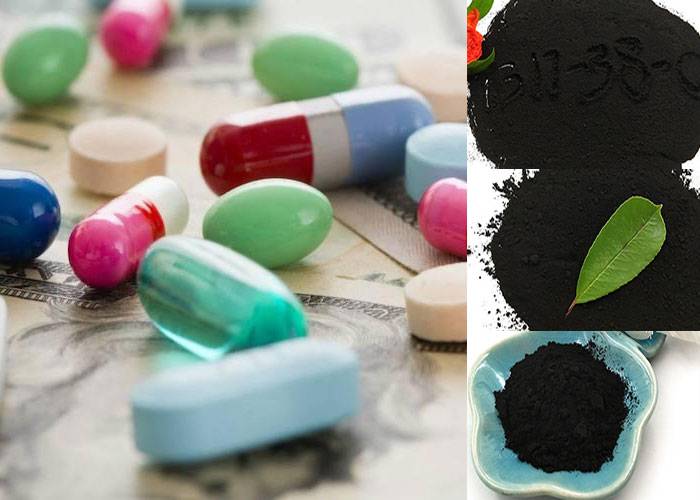
What is the natural form of this copper oxide called and what is its occurrence?
As already discussed, that copper has basically formed two oxides that are cuprous oxide and cupric oxide respectively. The cupric oxide is also called copper oxide and this copper oxide is also present naturally. But if we consider the natural occurrence of this, then it is present or available in the form of a mineral. So, the inorganic compound of nano cuo naturally occurs in the form of Tenorite. This Tenorite is the name of the mineral that basically consists of cupric oxide. Although the color ranges of this tenorite mineral can range within different values if we take into consideration the common color ranges, then this mineral form also called Tenorite has a color that ranges in between dark gray to black.
So, we can conclude that the basic color of the mineral form of cupric oxide can be dark gray or even black. Further, this is present naturally in such a mineral form.
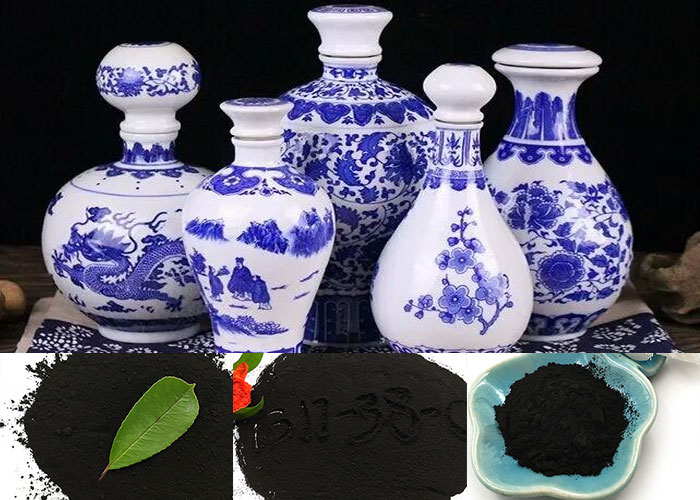
How do we extract this Tenorite that is the mineral form of copper oxide? What is the technique used for this purpose?
As stated, that copper oxide naturally occurs in the form of a mineral, and this mineral is called Tenorite. Now, an individual can gain this naturally occurring mineral for obtaining nano cuo but it is not an easy process. In order to find this mineral tenorite, the individual has to make use of the mining techniques and processes. Therefore, this tenorite can only be obtained through the technique of mining.
A compound of this cupric oxide contains which elements in it?
As we do know that the basic molecular formula for the copper oxide powder is cuo nanoparticles. Now, this formula actually depicts and tells us that when we consider it at a molecular level, then this compound consists of copper and oxygen. It basically tells us about the presence of copper and oxygen. These are indeed the only two elements that are present in this compound of cupric oxide. These two elements are also the key elements of this oxide of copper.
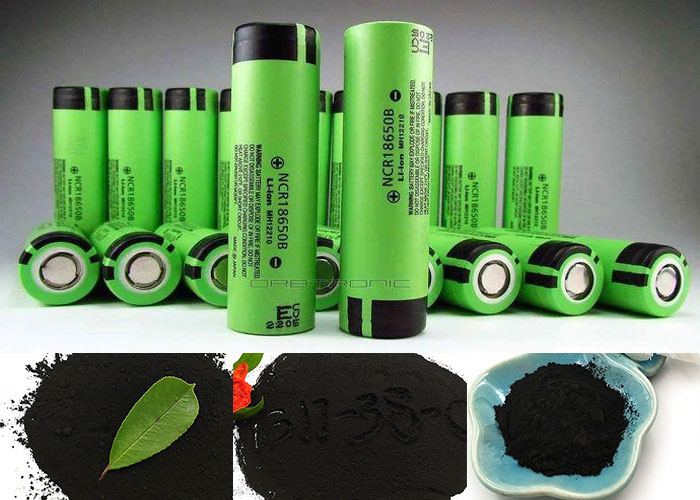
Also, tell me about the specific color that this oxide has? What is the structure of the granules at the micro-level?
While considering the appearance of this, you can obtain this copper oxide in the form of powder. So, the most usual appearance form of this specific oxide is powder and the powder further consists of granules. These granules make up this powder form of cupric oxide and these granules have an amorphous shape. So, because of this amorphous shape of the granules that make up this powder, we can indeed say that the overall powder form of cupric oxide is also amorphous or it can even sometimes be crystalline. So, this was about the appearance and form of the copper II oxide. Whereas if we consider the color that this cupric oxide has, then it can sometimes show slight variations. Such as mostly this oxide of copper has the color black but it has also been observed to be brownish-black as well. So, these are some of the slight variations that are related to the cupric oxide’s color.
Will it produce any color changes? What would be the possible result of such a reaction with an oxidizing agent?
Well, we can observe a reaction when we allow the reaction between copper oxide powder and an oxidizing agent. Most probably, the result would be in the form of a color shift. For instance, we can take a look at the reaction between an oxidizing agent and copper oxide nanoparticles. The purpose of the oxidizing agent can be very well served by some kind of salt or even the air can serve to be an oxidizing agent. So, when these are allowed to react with cupric oxide powder, then the observation that we get is that there is usually a color shift and the copper II oxide powder changes into black. It appears that a form of a black layer or coating forms upon the powder. So, this is the obvious visible change that we observe when we allow a reaction between cupric oxide powder with some kind of oxidizing agent.
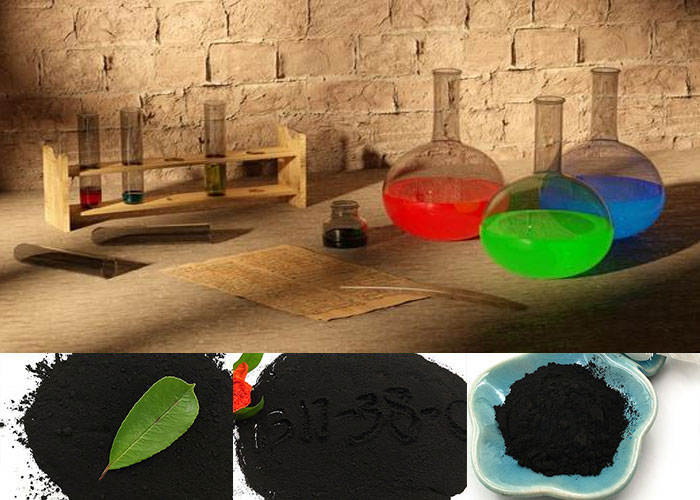
What is the quality of the powder that you manufacture? How pure is this cupric oxide manufactured at your labs?
At Kunshan Yosoar, we indeed manufacture copper II oxide powder. We are indeed involved in the manufacturing of different kinds of metal powders and oxides of metals. If we talk about the quality of the products and compounds that we manufacture, then indeed they are also of high quality. If we consider this powder, then we do manufacture it in our labs and the quality is not compromised upon. This cupric oxide powder that we manufacture is of top quality. We have a high management system that even fulfills the ISO9001 standards. This certification from ISO9001 indeed depicts the quality and purity of our products.
If we take into consideration the quality of the cupric oxide powder that we manufacture, then it is approximately 99% pure. We make no compromise on the quality of the products that we manufacture. This is basically because we are the name of the trust. Kunshan Yosoar is indeed a trustable name in the market of powder manufacturers. We aim to provide our customers with the best quality products and apart from this, customer satisfaction is our topmost priority.
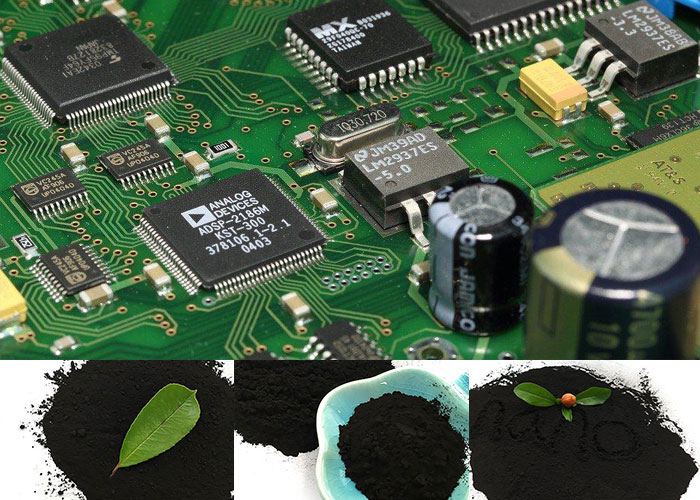
Can we get some copper II oxide powder samples so that we can test them and verify the quality ourselves?
As already stated, that Kunshan Yosoar is the name of the trust. We manufacture high-quality products that are absolutely free from impurities. The products that we manufacture have high purity levels and can be used in various fields. If we talk about the copper II oxide powder that we manufacture, then it is surely a high-quality powder that is free from any kind of impurity. It will surely meet the purity requirements that you need and will definitely full fill those requirements. As far as the purity of our products and powders is concerned, then you can definitely test this by yourself. We can indeed provide you with any amount of said samples. You can take samples from Kunshan Yosoar that you can test yourself. We can indeed provide you with any number of samples that you want. This indeed depicts that how much sure we are regarding our products. You can have these samples from the company and can test these samples and as a result, you can also verify the overall quality of our products by yourself.
Does the melting and boiling point remain the same or does it change?
If we take into consideration the basic melting and boiling point of the powder, then indeed the values or the chemical properties and characteristics of these remain the same. These do not keep on changing from time to time or based on the situation or conditions. Therefore, if we consider the melting point of this cupric oxide powder, then its melting point is nearly equal to 1200°C. This is the general melting point of this oxide of copper. Further, if we consider the boiling point of this cupric oxide, then it has got a boiling point of about 2000°C. So, this is the normal boiling point value for this copper II oxide powder.
So, these were the values related to the melting and boiling points of powder.
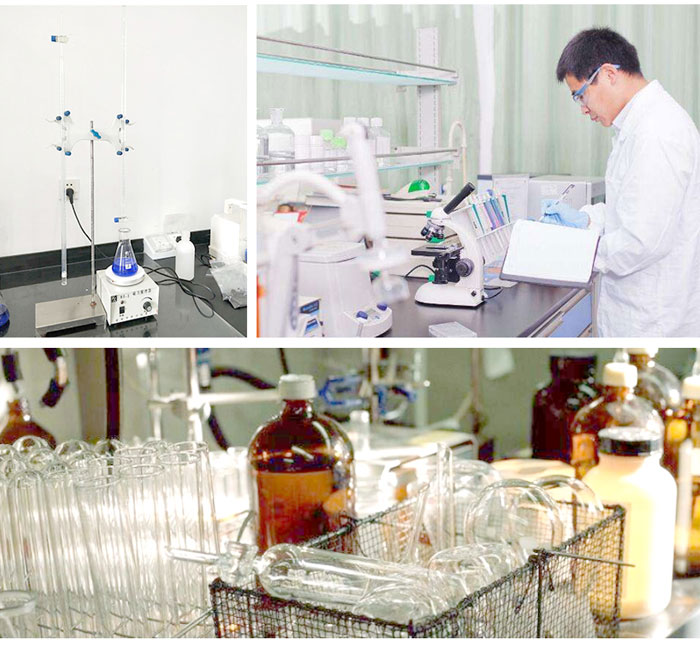
Tell me the basic formula, molecular weight, and temperature-related aspects of cupric oxide powder?
If we consider the chemical properties and characteristics of a compound, then these would mostly include the molecular formula and weight as well as the melting and boiling points. So, if we consider the basic molecular formula of copper II oxide powder, then it has the formula of CuO. This CuO is referred to as the molecular formula of this copper oxide and it represents the presence of copper along with oxygen. If we consider the molecular weight, then the exact molecular weight of cupric oxide powder or CuO is around 79.55 g/mol, and referring to the molecule density, it is approximately around 6.3 g/cm³. Furthermore, as already stated that the melting point of copper II oxide powder usually equals 1200°C whereas the boiling point equals approximately 2000°C.
So, these were some of the general chemical-related aspects and characteristics of powder that included the molecular weight and formula, density, melting, and boiling point.
What is the other oxide of copper and what are some of the characteristics of that specific oxide? How can we distinguish between these oxides?
Indeed, copper has another oxide as well apart from the copper II oxide. Copper metal has basically got two oxides. These include the copper oxide which is also known as cupric oxide and the second oxide is the copper I oxide which is also called cuprous oxide. If we talk about the basic molecular formula of these two oxides, then the cupric oxide has the formula of CuO whereas the cuprous oxide has the molecular formula of Cu2O. Further, both these oxides also differ in terms of their colors as well. For instance, the basic appearance or color of the cupric oxide is black or brownish-black whereas if we consider the color of cuprous oxide, then this oxide of copper has got the color that appears to be more of a red. The cupric oxide appears to be more of a black-colored powder while the cuprous oxide is a red-colored powder. So, this was the main distinguishing feature between these two oxides of copper.
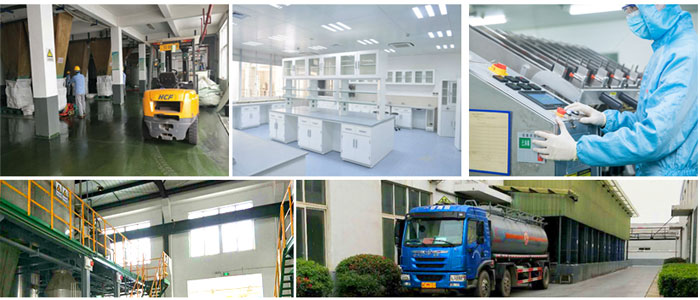
How is this possible to convert cupric oxide into cuprous oxide? What are the requirements that need to be met in order to do so?
Yes! You can indeed convert the copper II oxide into copper I oxide or we can also say that you can convert the cupric oxide into cuprous oxide but for doing this, you will need some requirements and conditions that need to be fulfilled during the reaction. For instance, the copper oxide can be converted into the other copper oxide by the simple decomposition process but the thing is that this reaction would require a specific temperature of about 1030°C. Similarly, we can get the same results by the reduction process as well but in this reaction, we do require hydrogen or carbon monoxide. In this kind of reaction, we would have to provide a temperature of approximately 150°C and the result would be the conversion of copper II oxide into copper I oxide.
Apart from these methods, there is also another way to get the same results but that reaction requires the use of ammonia gas. When the cupric oxide is allowed to react with ammonia gas and the temperature is provided somewhere between 400-700°C, then we can indeed convert it into cuprous oxide as well. So, these were some of the basic and mostly used reactions that can convert copper II oxide into cuprous oxide.
Is this copper oxide soluble in water, alcohol, or some other solvents? What is the general trend of this oxide of copper I’m this regard?
This shows quite an amazing and distinguishing solubility trend. If we talk about the solubility of copper oxide in water, then if we consider it practically, then it is insoluble in water. If we take alcohol as the solvent and try to dissolve the powder in it, then even it would not be possible under normal conditions. So, we can indeed say that copper oxide is insoluble in water as well as alcohol. If we consider the slight solubility of this oxide of copper, then it is usually partially soluble in ammonia solution. Further, if we come to the complete solubility of copper oxide in some solvents, then it is basically soluble in some dilute acids and ammonium carbonates as well. These are the solvents that completely dissolve the copper oxide in it.
If we consider the acids that dissolve this oxide of copper, then these can either be formic acid or acetic acid. Apart from these, the copper II oxide is also soluble in alkali metal cyanides as well.
So, this was the basic and general solubility trend of copper II oxide powder in which we discussed the solvents the completely or partially dissolved this oxide or even didn’t dissolve it as well.
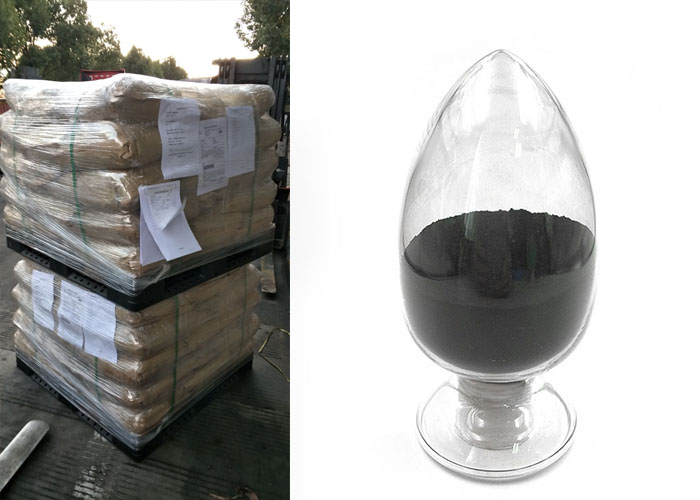
What are the methods that can be used for the synthesis of cupric oxide? Does this method involve the large-scale production of copper oxide powder?
One of the most basic and most used methods for the production of copper oxide powder is the pyrometallurgy process. If we take a look at this pyrometallurgy process, then it basically involves the extraction of metal and then its purification. All of this extraction and purification is done from the ore of the respective metal and the condition that needs to be met is high temperature. This is indeed one of the most suitable methods for the synthesis of powder and it is also a highly convenient method as well.
Even at Kunshan Yosoar, we manufacture high-quality powder using this Methane. This method is highly convenient and suitable to take place. Further, the method is very suitable when it comes to the large-scale synthesis and production of copper oxide powder. Further, the output or we can say that the copper II oxide powder that we get from this method is also pure and is free from impurities. The copper oxide powder that we manufacture at Kunshan Yosoar is 99% pure and can be used for a variety of purposes.
How can this oxide for copper be utilized? What are some of the fields that make use of this oxide of copper?
If we consider the usages and applications of the copper II oxide powder, then indeed this specific oxide of copper has got a wide range of applications and usages. This copper II oxide powder has got applications that range from its use in synthesis industries all the way up to chemical industries. This powder is used in the manufacturing of high-quality ceramics and enamels. Most of the ceramic manufacturers make use of this oxide of copper. Further, the glass and enamel synthesizing industries also make use of this . It is also used in the manufacturing of electrodes. Apart from these, one of the main and most used applications of this oxide is the anti-fouling paints. This is widely used in such paints because of the properties that it has. This oxide has biocidal properties that make it a very suitable choice to be used in these paints. Further, it also has usages and applications in the petroleum-related industries. Apart from all of this, if we take into consideration the use of this copper II oxide in the chemical field, then it is utilized in this field as a catalyst. This oxide has some specific properties that make it a very suitable choice to be used as a catalyst. Therefore, it is also used in various kinds of chemical reactions and processes in order to speed up these reactions.
So, these were some of the uses and applications of the copper II oxide powder. This powder has definitely got a wide range of applications.

